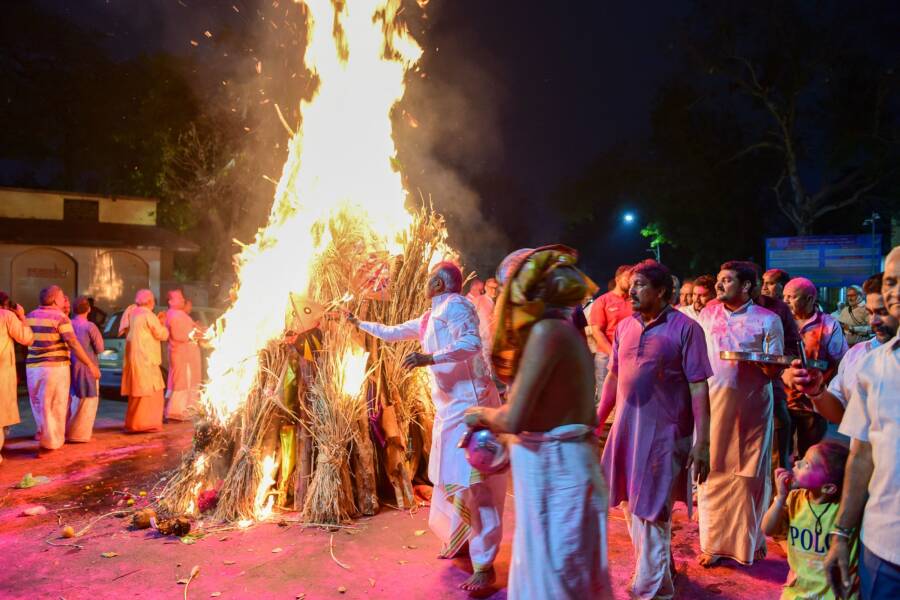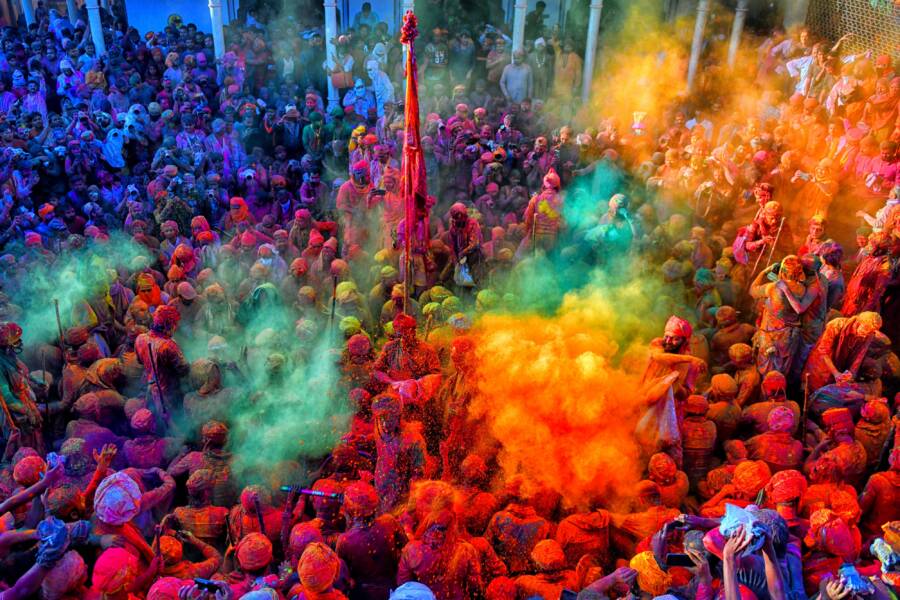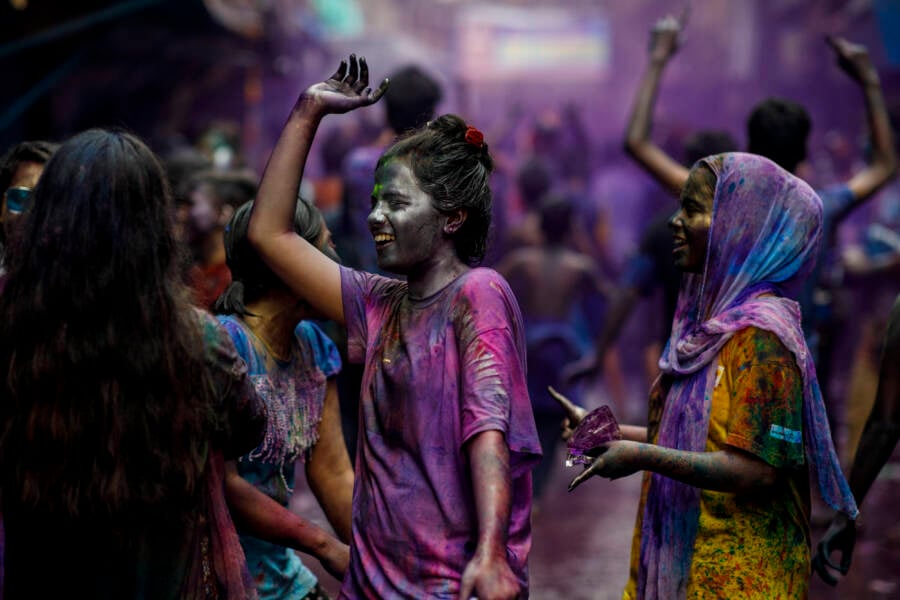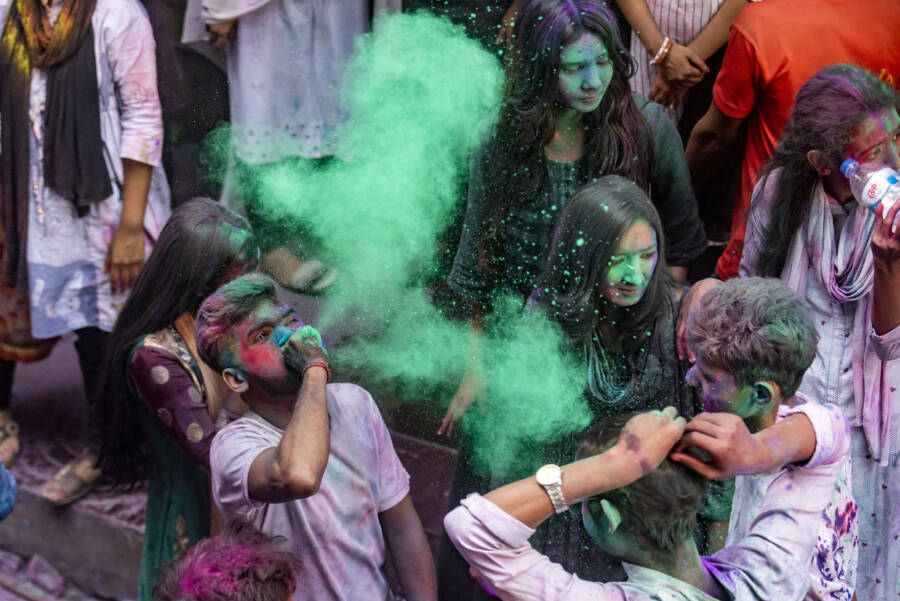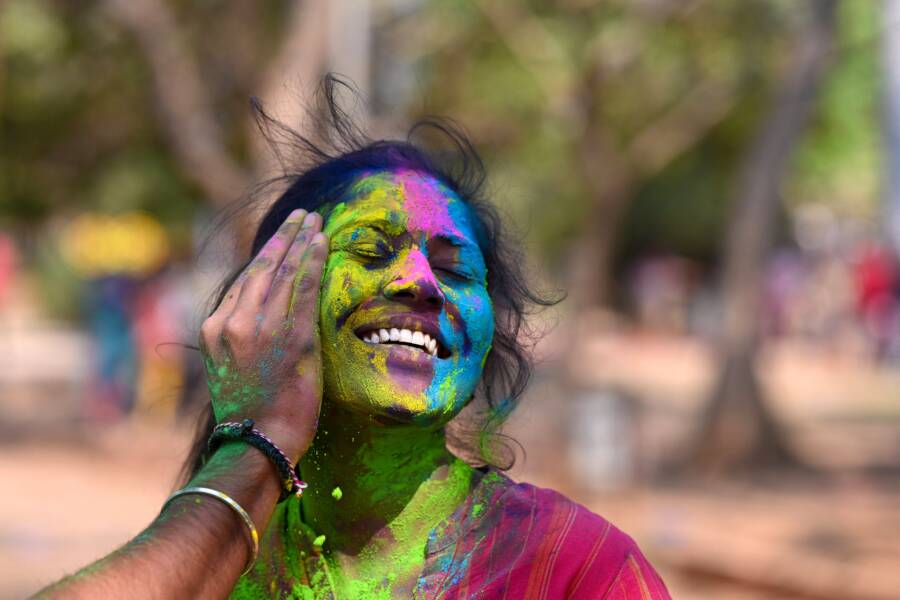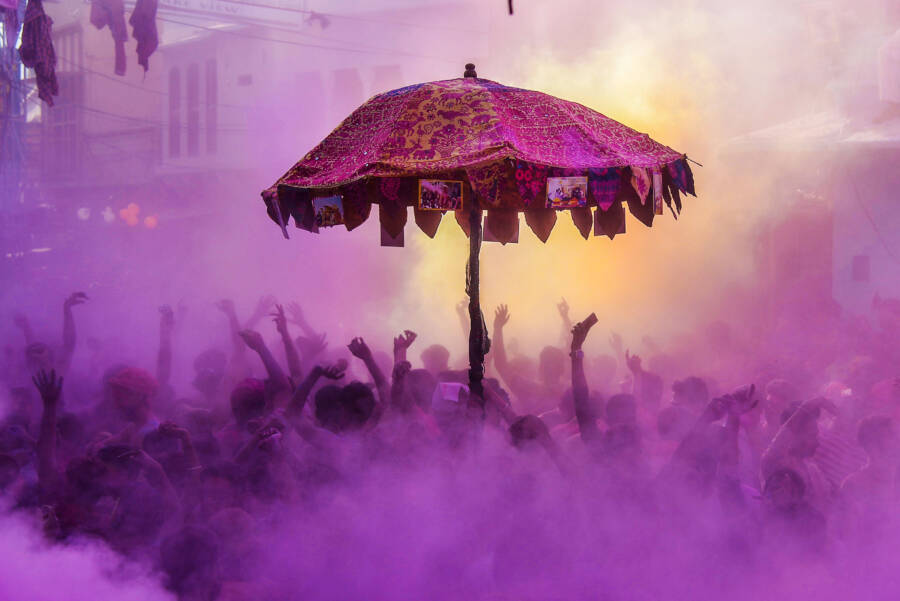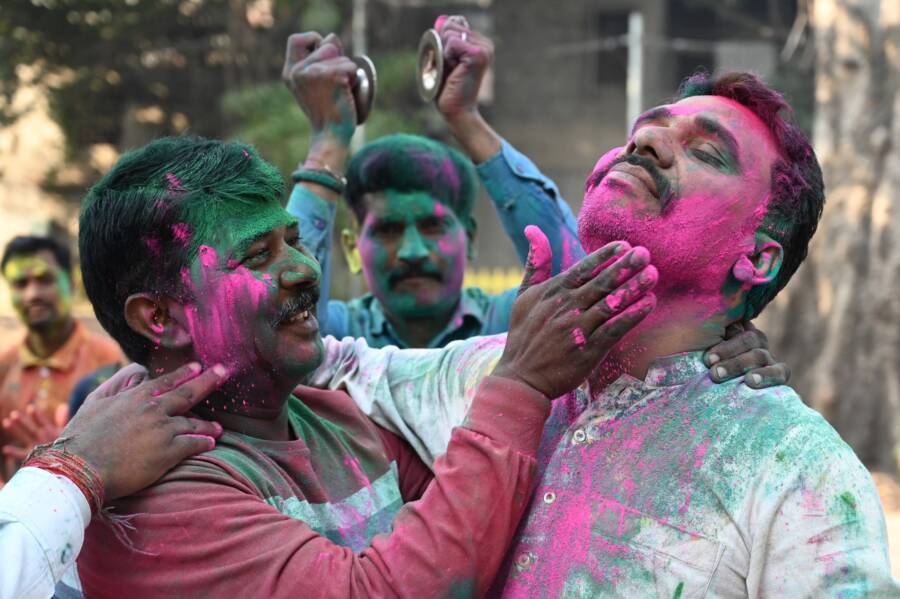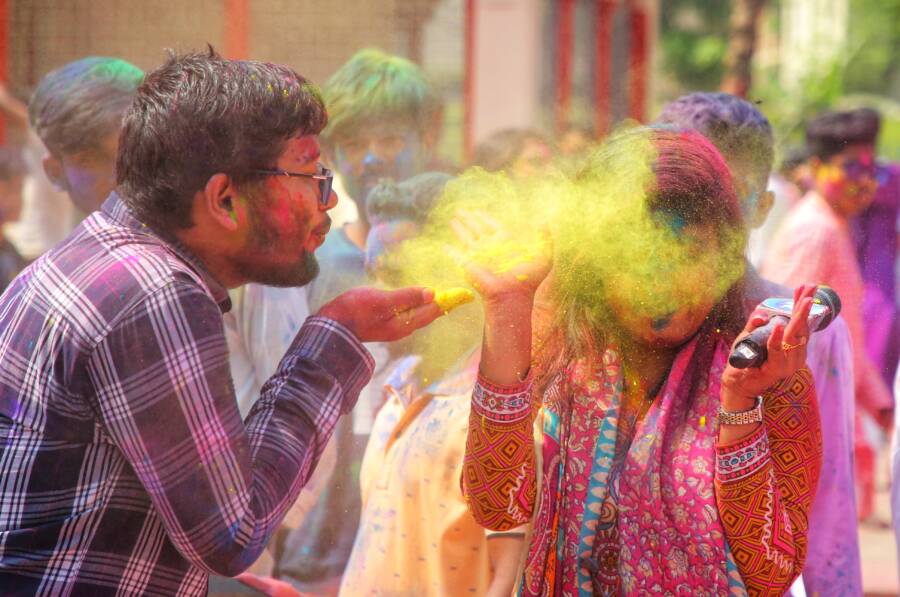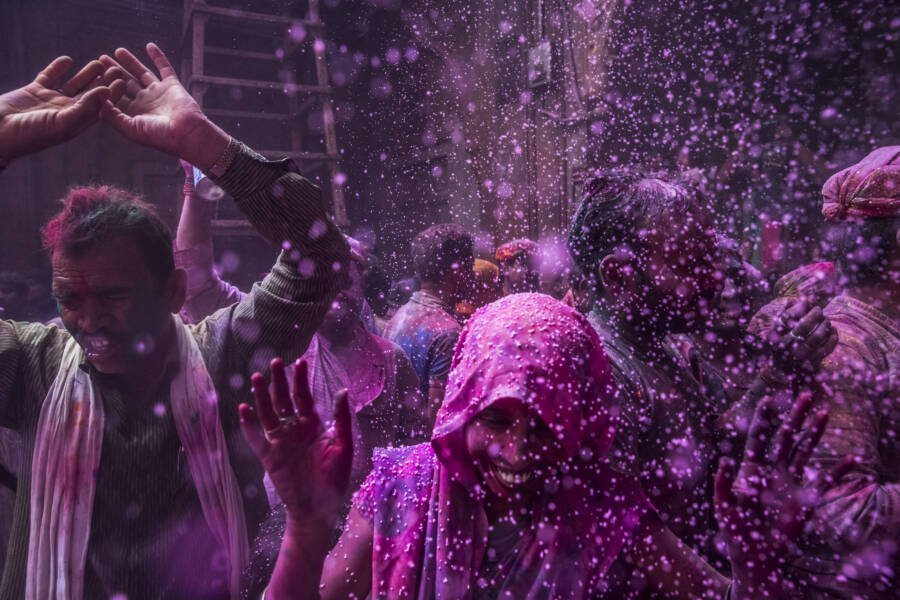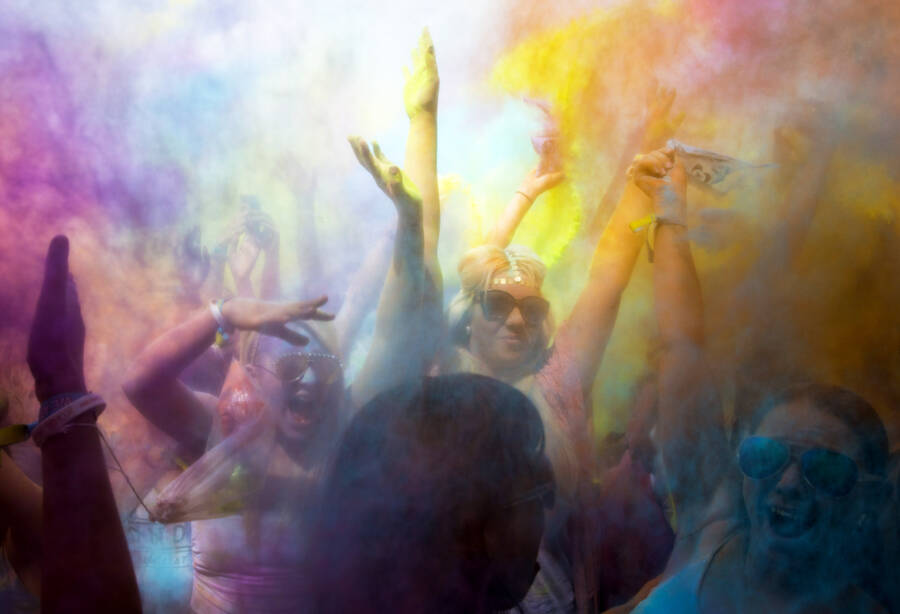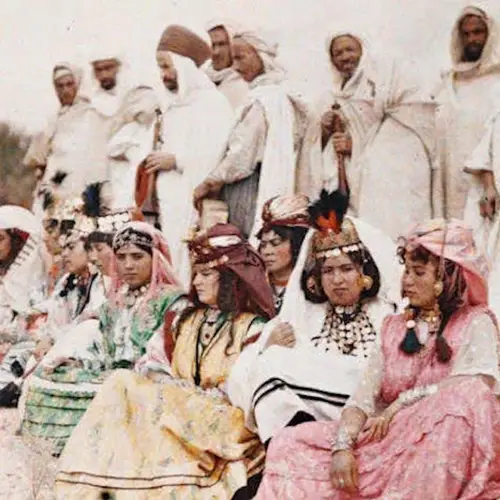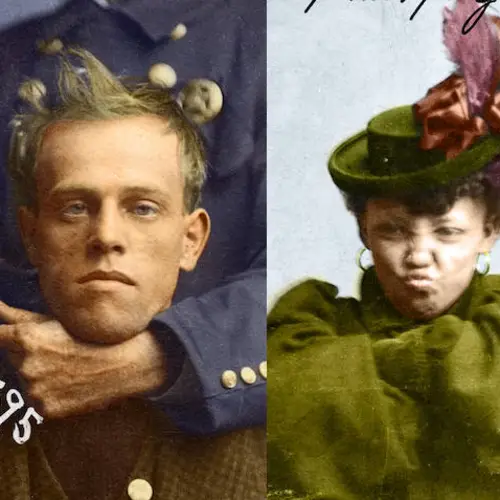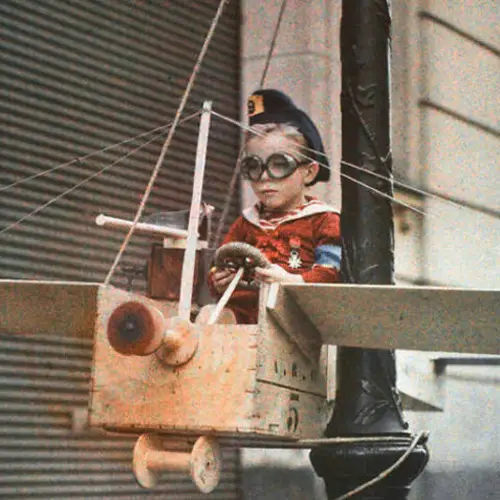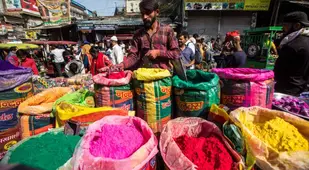The Holi festival is best known for the brightly-colored paints and powders that revelers gleefully toss at one another, but there's much more to this Hindu celebration than its vibrant hues.
We tend to associate springtime with color and life, but the Holi festival takes things to a whole new level. The holiday is observed each spring during the Hindu calendar month of Phalguna, and though it started in India in the fourth century C.E., it is now celebrated all around the world.
During Holi, revelers flood the streets and toss brightly-colored powders, paints, and water balloons at each other, covering cities in rainbow hues. They also celebrate with bonfires, dancing, and feasts, bidding goodbye to the bitter winter and welcoming the warmth of spring.
But while the Holi festival is a salute to spring, it also celebrates love, honesty, and the triumph of good over evil. These lessons are reflected in the mythological stories that first inspired the tradition.
Above, look through 33 vivid photos of the Holi festival around the world. And below, read about the history of the world's most colorful celebration.
The Vibrant Rituals Of The Holi Festival
Preparations for the Holi festival begin early. Participants gather wood for days in advance to make sure the traditional bonfire that is ignited on the eve of the celebration blazes high and hot. The night before the colorful main event, the fire is lit in a ritual known as Holika Dahan.
Spectators circle the flames, singing and dancing to signify the burning of evil spirits.
The next morning, the "Festival of Colors" kicks off, and the visuals are spectacular. Celebrants throw powdered dyes called gulal into the air and at each other. According to National Geographic, each vivid color has a different meaning, with red symbolizing love and fertility and green representing new beginnings.
With powdered dye scattered everywhere, revelers then use squirt guns, water balloons, or even entire buckets of water to enhance the hues — and the mess.
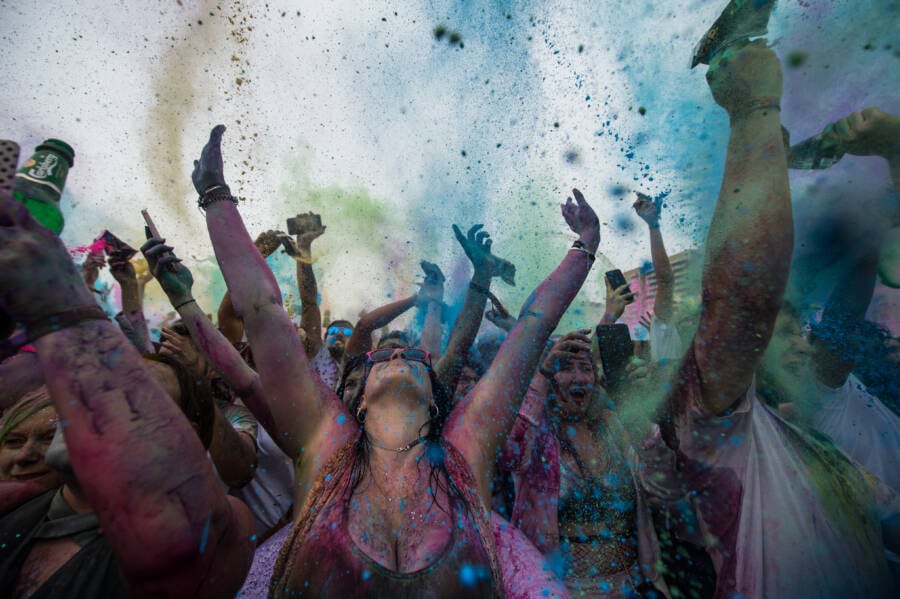

Chris J Ratcliffe/Getty ImagesCelebrants dancing at a Holi festival at Wembley Park in London on July 29, 2017.
As the powders and paints fly through the air, people dance to a wooden drum called a dhol. And later, partygoers feast on traditional foods like gujiya, a flaky pastry filled with dried fruit, crispy mathri crackers, and fluffy malpua pancakes.
These treats are washed down with bhang, a milkshake-like drink made from cannabis grown in the Himalayas. With paint fights, dancing, delicious food, and bhang, what's not to enjoy about the Holi festival?
The Mythological Inspirations Behind Holi
While the fun aspects of Holi are what draw people in, it's also important to also understand the Hindu tradition behind the rituals.
The most prominent legend surrounding Holi, according to PEOPLE, is the story of the vain king Hiranyakashipu. He demanded everyone in his kingdom devote themselves to him and him alone. However, his son, Prahlad, chose to worship the god Vishnu. Outraged, Hiranyakashipu enlisted his sister, Holika, to help him kill Prahlad.
Holika had a fire-resistant cloak, so she donned it and lured Prahlad into burning flames. However, since she was using the cloak for an evil purpose, it flew off of her and onto Prahlad, saving his life.


Ajith Perera/Xinhua via Getty ImagesChildren enjoy a Holi festival in Sri Lanka.
This is why the Holi festival begins with a bonfire named after Holika. It's also why the holiday celebrates the triumph of good over evil.
Another legend surrounding Holi involves the god Krishna, whose skin turned blue after he drank milk cursed by a demon. Per TIME, Krishna was enamored with Radha, the goddess of love, and he worried that she wouldn't return his feelings because of his skin color. He told his mother of his concerns, and she told him to teasingly paint Radha to change her skin color as well. This is how the use of colorful paints and powders became part of the Holi tradition.
Lastly, there's the tale of an Ogress called Dhundhi that lived in the kingdom of Prithu. She took pride in bothering children, and so Lord Shiva cursed her, making young people a danger to her. Legend says that on the day of Holi, village boys under the influence of bhang banded together and chased Dhundhi away by shouting abuses at her. Today, during modern Holi festivals, young boys are allowed to use rude words without getting in trouble.
Small traditions like this are what make Holi such a beloved festival in the Hindu community — and around the world.
Regional Traditions Of The Holi Festival
Different parts of India celebrate Holi in various ways, with each area having several of its own customs surrounding the celebration.
In the town of Barsana, women give the men of nearby Nandgaon a tough time as they celebrate Holi with them. After the men sing provocative songs to them, the women capture them and playfully "beat" them with bamboo sticks. There is also a tradition known as "cloth tearing," in which women rip the clothing off of men during the festivities.
According to the Society for the Confluence of Festivals in India, the states of Maharashtra and Gujarat have their own tradition called "breaking the pot." A large pot of buttermilk is hung above the streets, and men form a human pyramid beneath it. One man climbs to the top and breaks the crock with his head, all while women sing Holi folk songs and throw buckets of water on the men.


Wikimedia CommonsOne of the largest annual Holi festivals takes place at the Sri Sri Radha Krishna Temple in Spanish Fork, Utah.
This ritual comes from a story about Krishna's mischievous nature. Legend says that the god loved buttermilk so much that he stole it from every home he came across, so women started hanging it high above the streets to hide it from him.
Holi isn't exclusive to India, however. Though its roots date back to the country in the fourth century C.E., today the festival is celebrated around the world. It's especially popular throughout Southeast Asia, but it's observed everywhere from Australia to Utah.
While different states, cities, villages, and even countries have their own unique rituals when it comes to the Holi festival, the vibrant spirit of Holi remains the same around the world.
After learning about the Holi festival, read about 26 other holidays and festivals from around the world. Then, look through photos of Jodhpur, India's brilliantly "Blue City."

